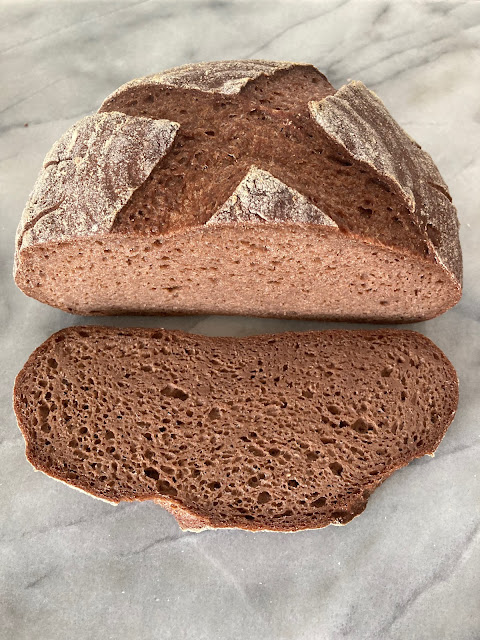5 Essential Tools for Baking Gluten-free Bread
My old house was a real fixer. I was constantly knee-deep in, or recovering from, renovation projects. Some of the best advice I ever got about home projects is "always have the right tools for the job." The person who said it backed up the statement by buying me a very nice cordless power drill.

That drill still comes in handy, even now when I don't have the heavy-duty projects I used to take on. This power tool kept me from spending hours of extra time trying to put together a deck with a screwdriver.
Gluten-free baking is kind of like trying to put together a deck with a screwdriver instead of a cordless power drill. There are things that just don't work in exactly the same way with gluten-free as they do with "regular" flour. That's why having the right tools for the job is essential for making good use of your time and resources when you're learning how to bake gluten-free. Here are five essential tools you can add to your arsenal for baking gluten-free bread.
A digital kitchen scale is the most important thing you can have for accurate results with gluten-free baking. Gluten-free flours are difficult to measure by volume. Each flour has a different density, so they measure differently. Substitute flour by weight for better accuracy.

A banneton basket is a luxury item for the dedicated bread baker. The light construction lets air circulate around the dough as it's rising at the same time as the sides of the basket support the dough.

If you want to make baguettes, a baguette pan is a must.

If you don't want to splurge on the baguette pan, parchment paper is a great tool to use that can supplement or replace the baguette pan. It can also be used for lining a baking sheet or any type of pan to keep your pans cleaner while baking and provide a non-stick surface.

For making sandwich bread, I love to use the pullman style loaf pan. The narrow shape helps gluten-free bread rise as much as possible for bigger slices.

That drill still comes in handy, even now when I don't have the heavy-duty projects I used to take on. This power tool kept me from spending hours of extra time trying to put together a deck with a screwdriver.
Gluten-free baking is kind of like trying to put together a deck with a screwdriver instead of a cordless power drill. There are things that just don't work in exactly the same way with gluten-free as they do with "regular" flour. That's why having the right tools for the job is essential for making good use of your time and resources when you're learning how to bake gluten-free. Here are five essential tools you can add to your arsenal for baking gluten-free bread.
A digital kitchen scale is the most important thing you can have for accurate results with gluten-free baking. Gluten-free flours are difficult to measure by volume. Each flour has a different density, so they measure differently. Substitute flour by weight for better accuracy.
A banneton basket is a luxury item for the dedicated bread baker. The light construction lets air circulate around the dough as it's rising at the same time as the sides of the basket support the dough.
If you want to make baguettes, a baguette pan is a must.
If you don't want to splurge on the baguette pan, parchment paper is a great tool to use that can supplement or replace the baguette pan. It can also be used for lining a baking sheet or any type of pan to keep your pans cleaner while baking and provide a non-stick surface.
For making sandwich bread, I love to use the pullman style loaf pan. The narrow shape helps gluten-free bread rise as much as possible for bigger slices.
With any of these great tools, you'll love baking your own gluten-free bread!



Comments